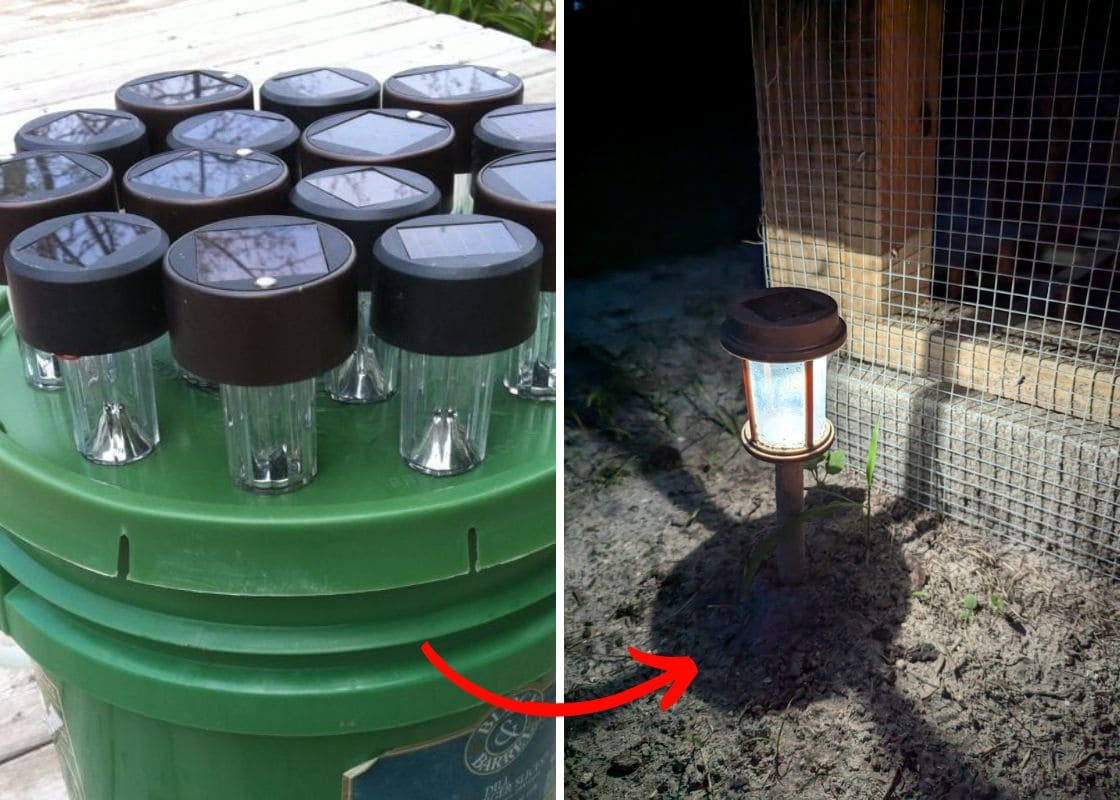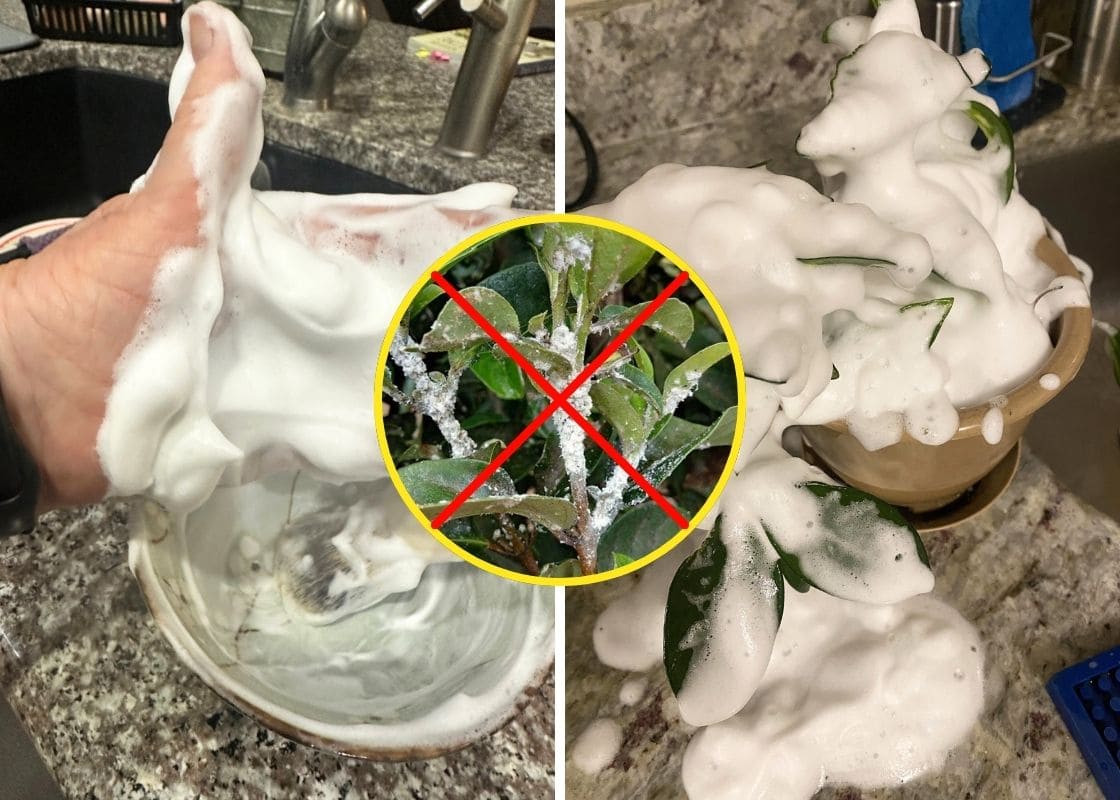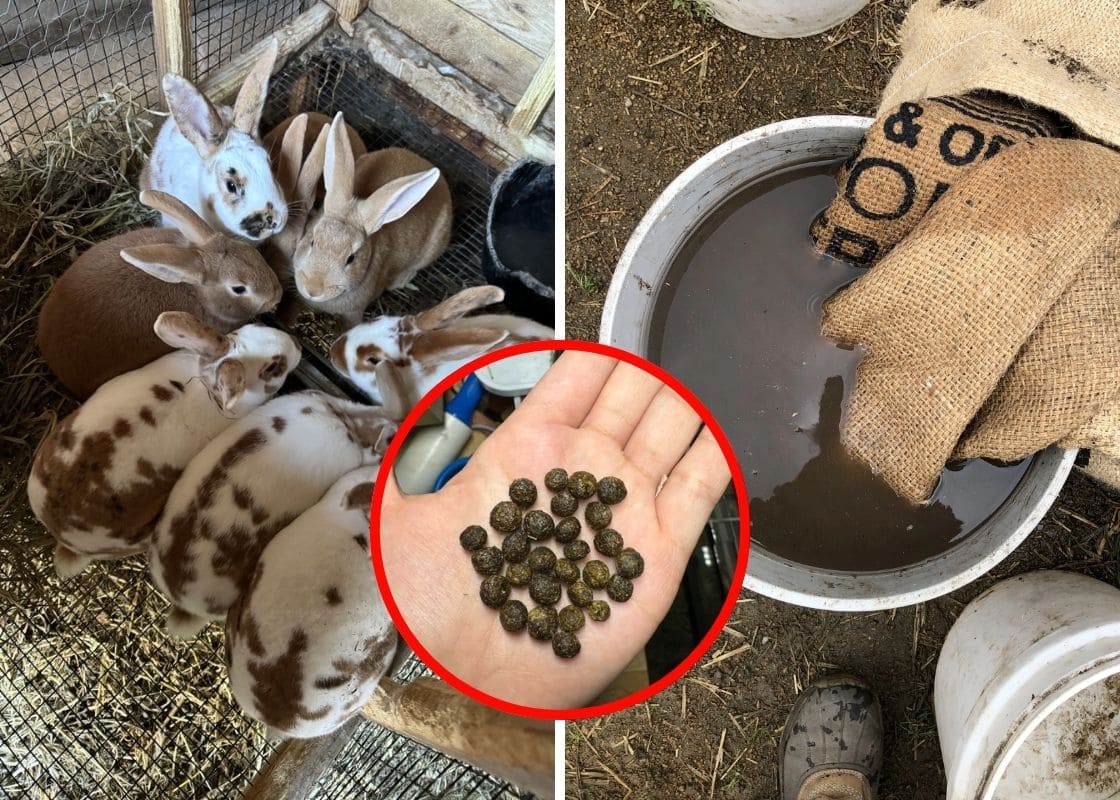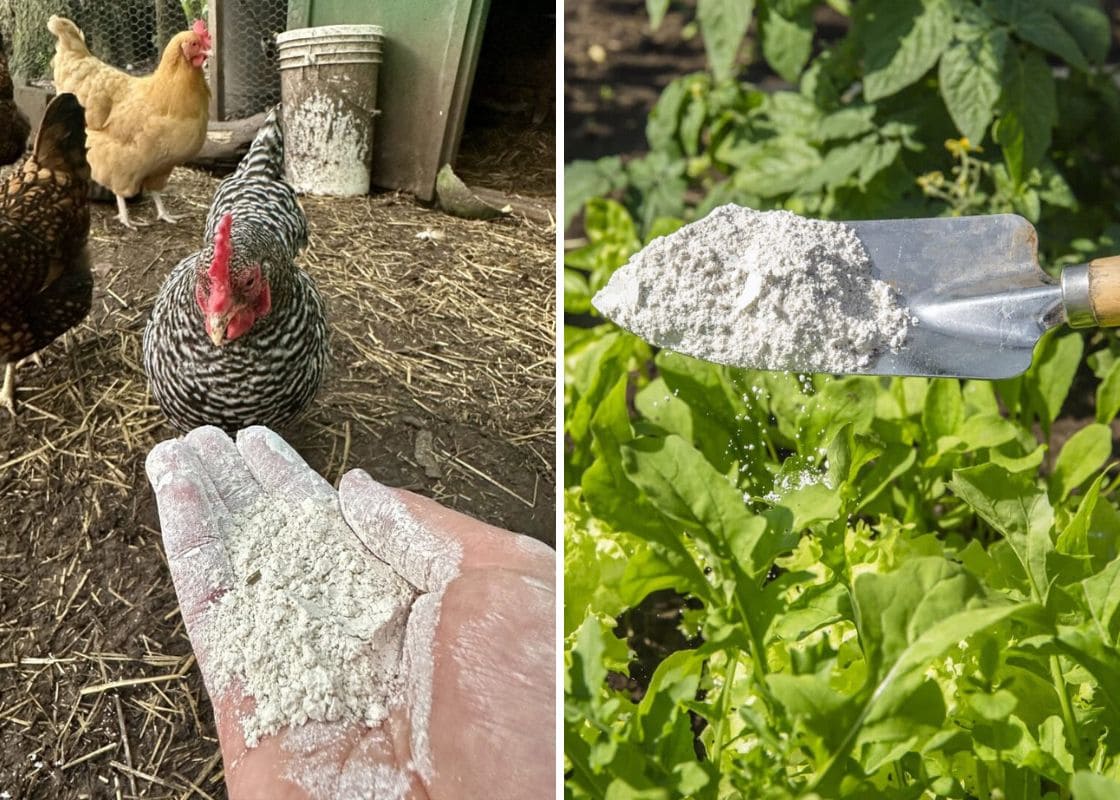A few months ago, I stood in my kitchen staring at a pile of leftover bones. I was about to toss them, just more food waste, right?
But something stopped me. I remembered reading that those very bones, the kind we usually ignore, could actually become a quiet powerhouse in the garden.
It felt like giving those scraps a second life. So I did some digging, figuratively and literally. What I found is that bone meal isn’t just an old-fashioned gardening hack.
It’s a slow-releasing, nutrient-rich ally that helps plants grow deep roots and vibrant blooms. And if you’re gardening organically or on a budget, it might be exactly what your soil’s been waiting for.
What Is Bone Meal Fertilizer?
Bone meal is a finely ground powder made from animal bones, usually from cattle, that have been cleaned, steamed, and pulverized. It’s rich in phosphorus (typically 12–16%), essential for strong root growth, flowering, and fruit production.
It also contains up to 20–30% calcium, which helps strengthen plant cell walls and prevent common problems like blossom-end rot in tomatoes and peppers.
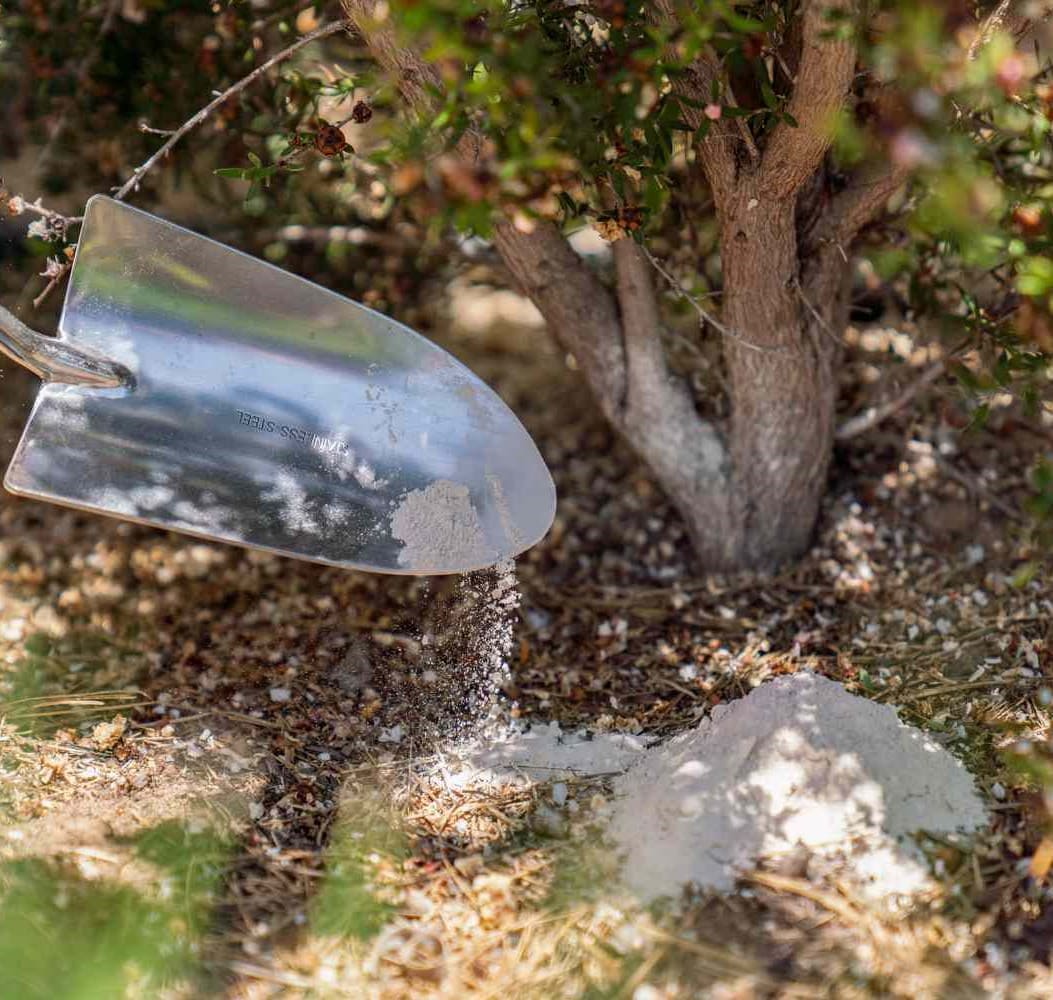
According to the University of Minnesota Extension, bone meal is most effective in soils with a pH below 7, where its phosphorus becomes more readily available.
It’s a common amendment in organic gardening and is especially favored for bulbs, roses, root vegetables, and fruiting plants that need that underground support.
A Quick Guide to Making Bone Meal at Home
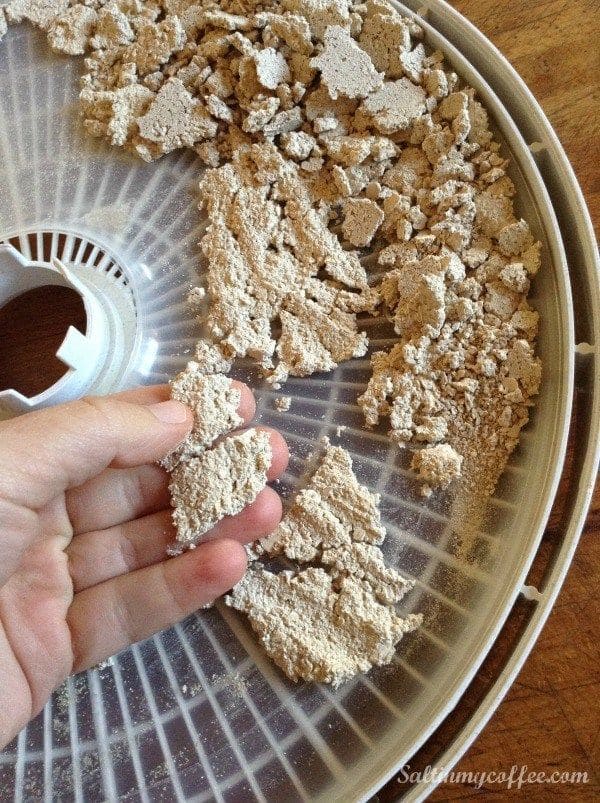
Materials Needed:
- Leftover animal bones (chicken, beef, or pork, avoid fatty cuts)
- Large stock pot
- Oven or dehydrator
- Baking tray
- Hammer or mortar and pestle (or heavy-duty blender)
- Airtight jar or container for storage
Step-by-Step Instructions:
Step 1: Clean the bones thoroughly
First, boil the bones for 1–2 hours to remove any meat, fat, or marrow. You can also soak them in a vinegar-water mix to help clean and soften them.
Step 2: Bake or dehydrate until brittle
Lay the bones on a baking tray and bake at 250°F (120°C) for 3–4 hours or longer if needed. They should be dry, crack easily, and turn chalky. This step is critical for grinding success.
Step 3: Crush or grind into powder
Use a hammer to break the bones into small chunks, then blend or grind into a fine powder.
A strong food processor can work, but heavy-duty blenders are better. Then you sift out large bits and grind again if needed.
Step 4: Store properly
Finally, keep the bone meal in a cool, dry place inside a sealed jar. It stays usable for months if protected from moisture.
Tips:
- Always wear gloves when handling raw bones.
- You can add a bit of wood ash or kelp powder to boost the mineral profile.
How To Use Bone Meal in Your Garden
If you’re working with bulbs, transplants, or new seedlings, add about a tablespoon of bone meal directly into the planting hole. Mix it into the surrounding soil so it doesn’t sit too close to the roots, then water well to help it start breaking down.
For garden beds, sprinkle a thin layer, around 10 pounds per 100 square feet and lightly rake it into the top few inches of soil. This helps spread the nutrients evenly and prevents animals from sniffing it out.
If you’re planting fruit trees, flowering shrubs, or roses, you can add a cup of bone meal around the base, in a wide circle near the drip line, not pressed up against the stem. After applying, give the area a generous drink of water to activate the nutrients and help them seep deeper into the root zone.
Timing matters, too. Apply bone meal in early spring, when plants are just waking up and hungry for root support. Or use it in late fall, giving the soil months to absorb and mellow the nutrients before the next growing season.
A Few Things to Keep in Mind
Bone meal is not a complete fertilizer. It doesn’t contain nitrogen or potassium, which means leafy greens, lawns, or fast-growing annuals may still need a boost elsewhere. It also releases nutrients slowly, so if your plants are struggling now, you might need a faster fix alongside it.
Also, don’t overdo it. Excess phosphorus can lead to nutrient lockout and harm soil microbes. A basic soil test can save you the trouble.
Lastly, be prepared for some unexpected garden guests. Bone meal’s scent can attract dogs, raccoons, or even rodents. To prevent digging, bury it well or cover freshly amended soil with mulch.


